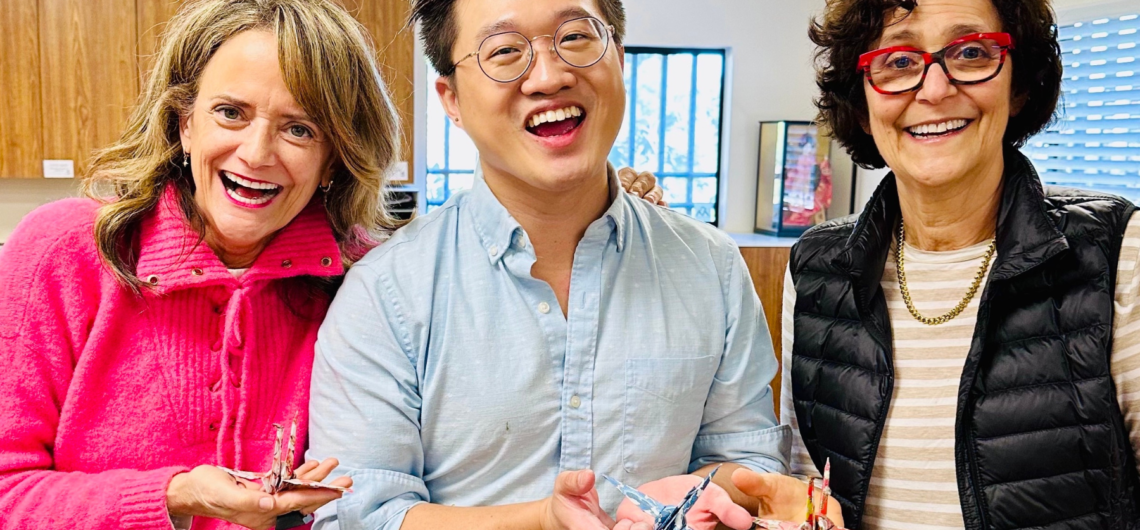“I want you to discover the joy of creations by your own hand…The possibility of creation from paper is infinite.” —Akira Yoshizawa This wise man was the grandmaster of origami. He developed the current standards for diagramming instructions and designed countless patterns. For the fourth month of my year-long Culture Trip I learned the Japanese art of origami. The age old tradition is both relaxing and satisfying. The financial commitment is minimal. And it doesn’t take a lot of time to render a finished piece worthy of displaying in your home. The art dates back to 809 with the development of nagashi-suki also know as washi. This is a vegetable gum/glue added to the paper-making process to form a stronger paper. Due to the expense of paper, the privileged class folded geometric ceremonial origami and attached it to gifts at feasts and weddings. By the 1700’s it became widespread in Japanese society. Originally know as orikata meaning folded shapes, it became known as origami meaning to fold paper in the 1880’s. Folding the beautiful small, colorful paper squares enhances patience and persistence. This is why the Japanese teach origami in early childhood education. Here are tips to learn origami. Learn Origami Origami is taught around the world. Online classes are available to those who prefer virtual workshops. Elevent offers in-person events throughout the U.S. as well as online events. Click here for more information. Or, YouTube videos are another learning opportunity. Free webinars give step-by-step instructions for beginners. Origami.me is good. There are 12 base folds - in other words, the springboard for creating countless art pieces. The paper used is usually a 6” x 6” square. Most designs have symbolic meaning. For example, the crane signifies peace, longevity and good luck. The frog, abundance and fertility. If
“I want you to discover the joy of creations by your own hand…The possibility of creation from paper is infinite.” —Akira Yoshizawa This wise man was the grandmaster of origami. He developed the current standards for diagramming instructions and designed countless patterns. For the fourth month of my year-long Culture Trip I learned the Japanese


